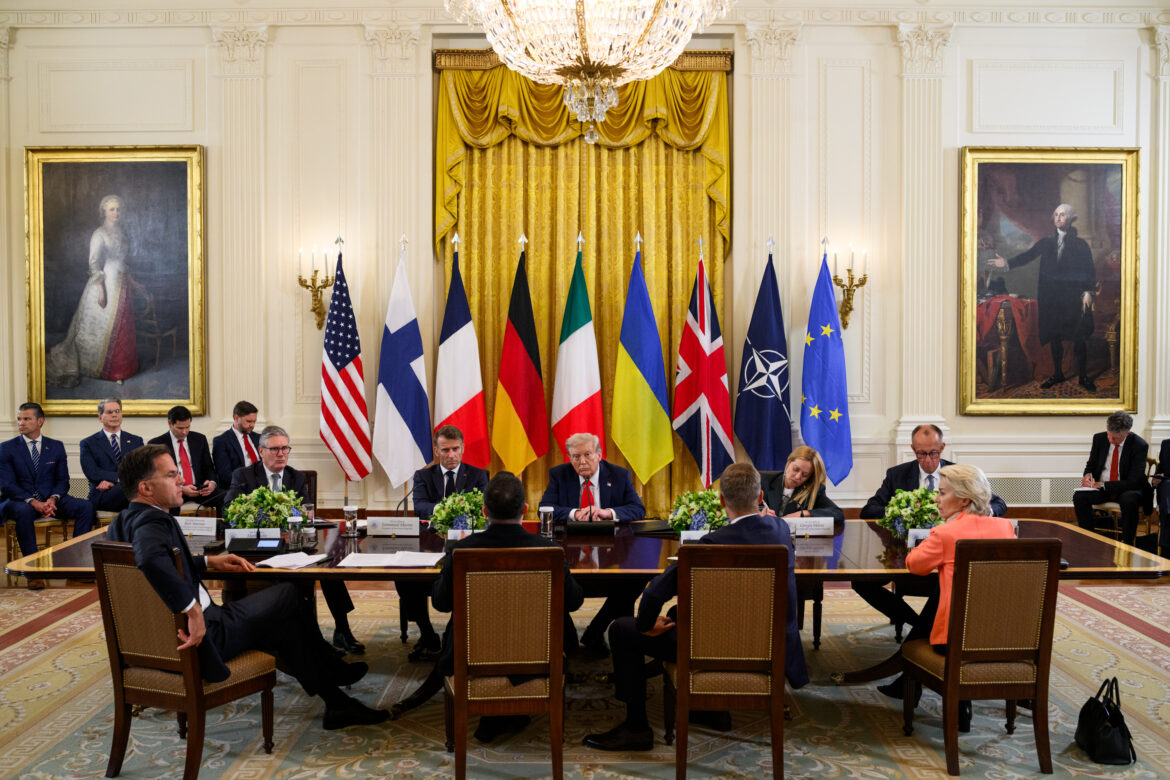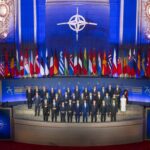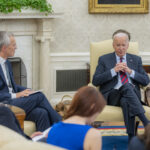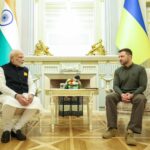If events of Alaska and Washington DC are anything to go by, it would seem that finally there is light at the end of the tunnel as far as the three-and-a-half-year-old war between Russia and Ukraine is concerned. But the same sequence of what has unfolded has also provided a painful lesson of too quickly coming to any conclusion. If past conflict and conflict resolutions are anything to go by, the final stretch is not only the most daunting but also a path that is strewn with mines waiting to light up even at the gentlest touch.
Forget the debate on who won at the Alaska summit between Presidents Donald Trump and Vladimir Putin. That tussle between academics, media pundits, and politicians is something that will continue for a long time to come. And it will take a longer time to figure out what exactly transpired between the leaders in that nearly ten-minute ride in the “Beast” that President Putin had with his American counterpart. To write off the summit as a non-event or only a momentary spectacle of optics and atmospherics is easy, but difficult to concede that meetings in Washington DC in subsequent days could not have happened if the first handshakes had not taken place in Anchorage.
There is considerable angst in the West that President Trump came away from Alaska even without an agreement for a ceasefire, something he had angrily talked about in the context of additional punishing sanctions against Russia. But the conversation with President Putin made the American leader walk away from the call for a ceasefire toward a comprehensive peace.
And in the aftermath of the meetings in Washington with leaders of Europe, President Volodymyr Zelensky, and a telephone call with President Putin, President Trump is once again talking of a ceasefire. After his closed-door meeting with leaders of Europe and President Zelensky, President Trump told media persons, “all of us would obviously prefer the immediate ceasefire while we work on a lasting peace.”
Nearly everyone talking about the pros and cons of an immediate ceasefire is aware of the fact that this is directly linked to the outlines of a final deal: Europe and President Zelensky want to limit the territorial damage that has already been inflicted on Ukraine; President Putin’s opposition to a ceasefire stems from an apparent desire to grab as much as possible, even if his army is only crawling at a snail’s pace in the face of strong opposition on the ground.
One argument is that President Putin has to show to his people that his so-called Special Military Operation was worth it and hence is laying claims to the provinces of Luhansk, Donetsk, Kherson, and Zaporizhzhia. Along with Crimea that was annexed in 2014, that would account for about 20 percent of Ukraine, or one-fifth.
It is only obvious that the final word on territory can only be taken at the meeting between Presidents Putin and Zelensky. It is easy for others to talk about territorial integrity and sovereignty or that for the sake of peace, some land would have to be given up, even as President Zelensky repeatedly insists that his country’s constitution expressly forbids ceding of territory. But practical constraints being what they are, Kyiv, it would appear, would have to make concessions. The question is what are the acceptable boundaries and the trade-offs resulting from it.
And linked to territory are security guarantees that both Russia and Ukraine are seeking, but for different reasons. For the last 25 years, President Putin has been demanding that any expansion of the North Atlantic Treaty Organization (NATO) must take into account the security interests of Moscow; and he has watched the expansion of NATO to include former members of the Warsaw Pact of the erstwhile Soviet Union, as well as the status of Finland and Sweden.
And to his dismay, President Putin watched the Biden administration upping the ante by not only trying to fast-track Ukraine’s entry into NATO but also using the conflict as a pretext to send sophisticated weapons and missiles to Kyiv. In ways more than one, this prompted President Trump to label the Russia-Ukraine conflict as “Biden’s war” or something that the former President “screwed up.”
As in the case of territory, security guarantees to Ukraine by Europe and the United States are another difficult issue, for it would involve the security of both Kyiv and Moscow. President Trump has made it clear that there would be no American boots on the ground, which makes for only air support; and President Putin would have to be agreeable to allow a ground force from about thirty nations, including supposedly from Australia and Japan. Russia must be comfortable with its security environment that allows Ukraine to enjoy all of NATO’s perks without being a formal part of that military alliance.
Somewhere along the way there has been this tendency to forget lessons of history: a little more than sixty years ago during the Cuban Missile Crisis of 1962, President John F. Kennedy refused to have Soviet missiles in Cuba, seen to be in the “back yard” of the United States. That being the case, why would President Putin allow anyone messing around in his “front yard”?
Disclaimer: The opinions and views expressed in this article/column are those of the author(s) and do not necessarily reflect the views or positions of South Asian Herald.






